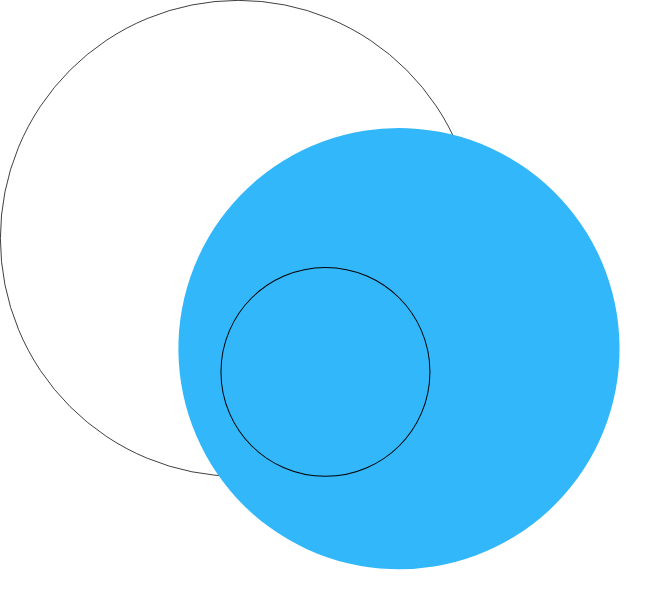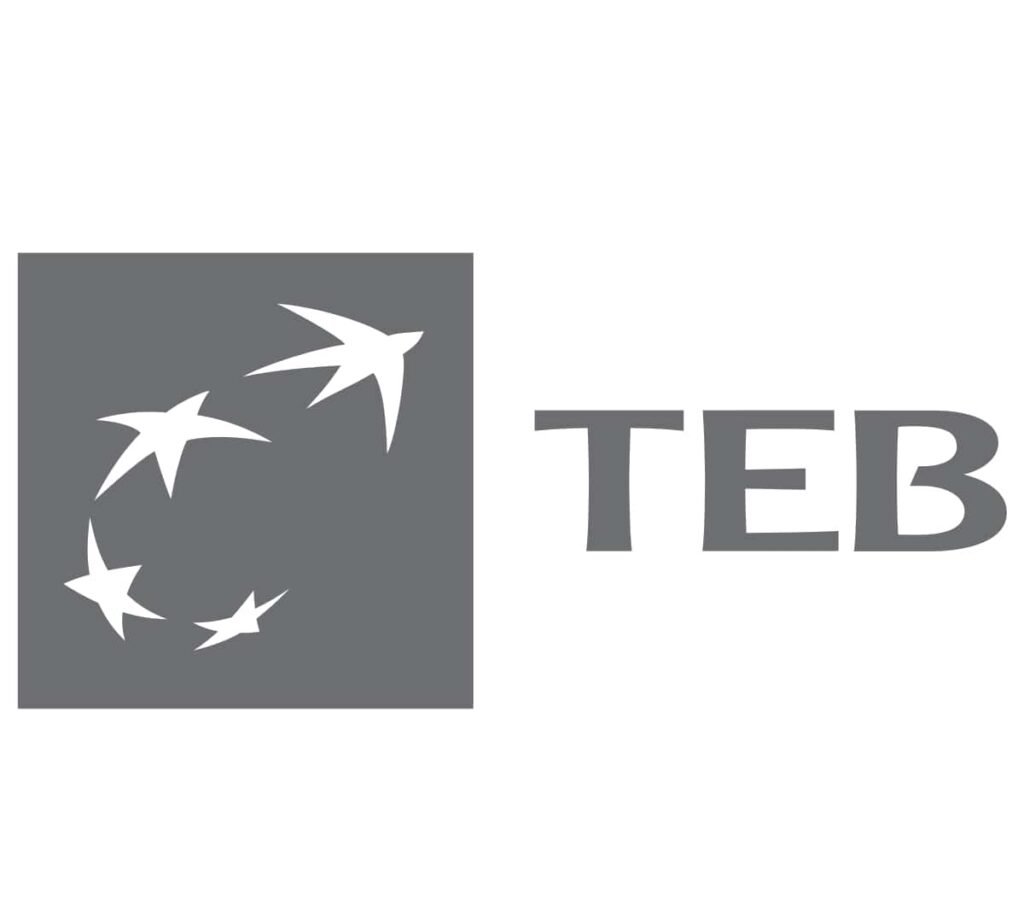Si udhëheqës global në teknologjinë e rrjetave, Cisco ka zhvilluar certifikimin dhe programin e CCNA për të qëndruar në linjë me tregun e ndryshueshëm global dhe tendencat.



Si udhëheqës global në teknologjinë e rrjetave, Cisco ka zhvilluar certifikimin dhe programin e CCNA për të qëndruar në linjë me tregun e ndryshueshëm global dhe tendencat.
CCNA siguron një mbulim të integruar dhe gjithëpërfshirës të temave për rrjeta, nga bazat në aplikacione dhe shërbime të avansuara, duke ofruar mundësi për përvojë në praktikë dhe zhvillim të aftësive në karrierë.
Certifikimi CCNA jo vetëm që do t’ju përgatisë juve me njohuritë e teknologjive themelore, por do të siguroheni që të qëndroni në hap me kohën për aftësi të nevojshme për adoptimin e teknologjive të gjeneratës së ardhshme.
Certifikimi i Cisco Certified Network Associate (CCNA) vërteton aftësinë tuaj për të instaluar, konfiguruar, përdorur dhe troubleshoot rrjete të ndryshme. Profesionistët e çertifikuar nga CCNA mund të bëjnë lidhjet në vendet e largëta nëpërmjet një rrjeti të gjerë (WAN), të mënjanojnë reziqet e sigurisë së rrjetit dhe të kuptojnë konceptet themelore të rrjetave dhe terminologjinë. Certifikimi CCNA është certifikimi më i popullarizuar i Cisco dhe një nga kredencialet më të kërkuara të karrierës së industrisë së teknologjisë. Duke u certifikuar në CCNA, ju bëni një hap të parë dallues drejt një karriere të dobishme si administrator ose inxhinier rrjeti.

Programi i certifikimit CCNA ju fuqizon të ndërtoni aftësi thelbësore të rrjetave, të fitoni një kredencial të njohur globalisht dhe të zhbllokoni mundësitë e karrierës. Duke investuar në trajnimin tuaj CCNA, ju do të zotëroni konceptet kryesore të rrjetave, do të vërtetoni ekspertizën tuaj tek punëdhënësit e mundshëm dhe do të pozicionoheni për sukses në fushën dinamike të rrjetave.













